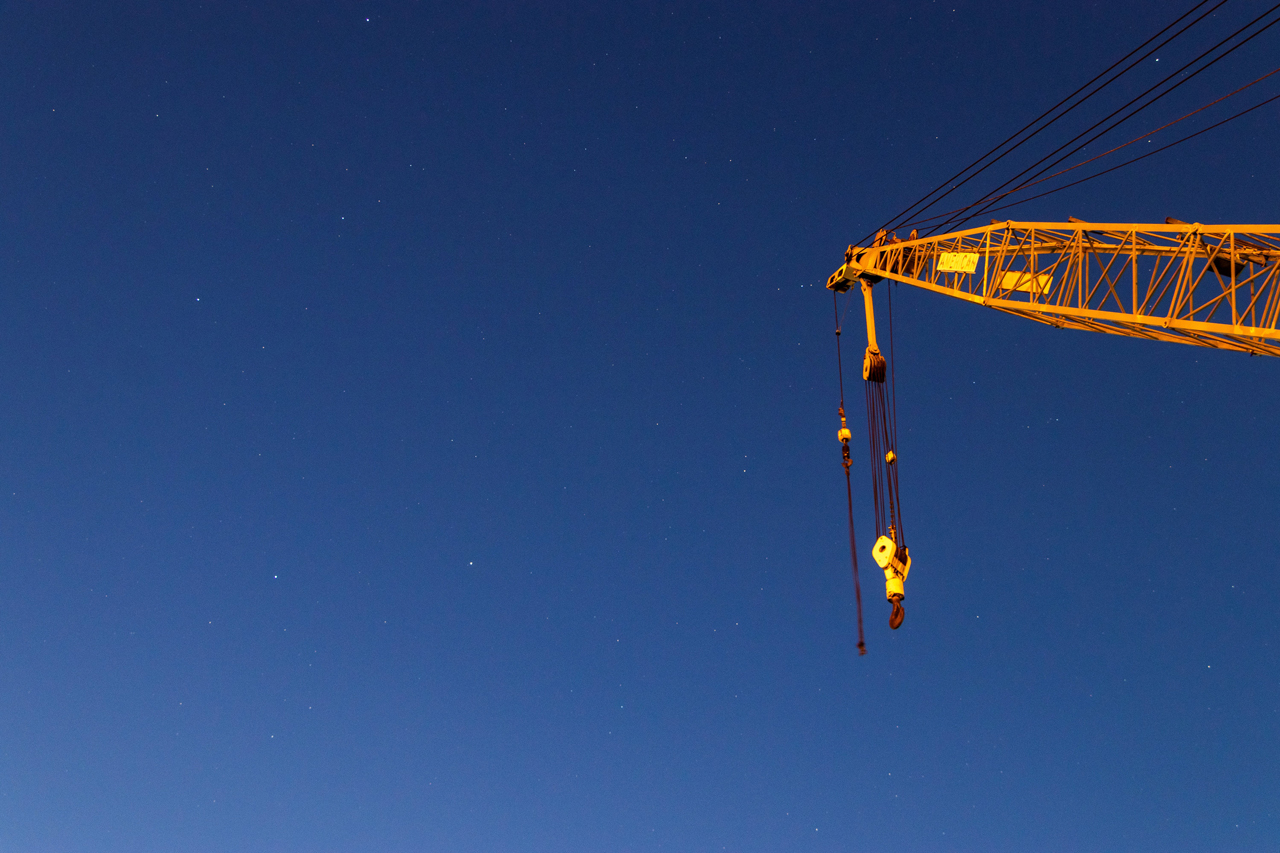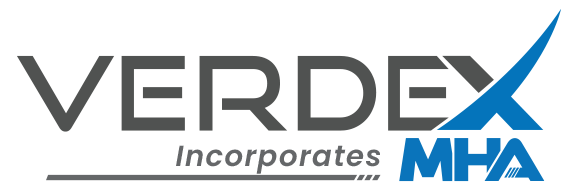Understanding The Difference Between Lifting & Rigging Equipment
Date Posted:9 January 2024

Lifting and rigging equipment are indispensable tools for the safe and efficient movement of heavy loads within a warehouse or industrial environment. Say you’re a new retail business owner who needs to operate a warehouse for your merchandise. You might wonder, “What are lifting and rigging equipment — and why do I need them?” Additionally, you might ask, “What is the difference between lifting and rigging equipment?” In this blog, we’ll try to answer common questions about lifting and rigging equipment to help you set up smooth warehouse operations.
What is lifting equipment?
Looking at the basics of each equipment type is fundamental to answering, “What is the difference between lifting and rigging equipment?” And we can start with lifting equipment. This type of industrial equipment encompasses machinery designed to elevate heavy loads from one level to another, facilitating processes such as loading and unloading of goods. Here are some common examples of lifting equipment:
- Forklifts — Forklifts are versatile industrial trucks equipped with forks for lifting and carrying palletised loads. They are widely used in warehouses for the efficient movement of goods, especially in tight spaces.
- Pallet trucks — Pallet trucks are manual or electric trucks with forks that slide under pallets to lift and move them. This lifting equipment is ideal for short-distance transportation of palletised goods within a warehouse.
- Scissor lift tables — Scissor lift tables consist of a platform mounted on scissor-like supports, allowing for vertical lifting of loads or personnel to different heights.

What is rigging equipment?
Rigging equipment, on the other hand, is a broader category of tools and gear used to secure, support or move loads through various means. Unlike lifting equipment, rigging involves both vertical and horizontal movement. Some examples are:
- Wire rope slings — What is rigging equipment without wire rope slings? These are flexible assemblies of steel cables used to secure and lift heavy loads, commonly employed in construction and rigging scenarios where flexibility and strength are important.
- Lifting hooks and jibs — Commonly used in manufacturing and construction, lifting hooks and jibs are attachments used with cranes to provide a secure point for lifting and suspending loads. These rigging devices are used in conjunction with slings and cables to create stable connections between the load and the lifting machinery.
What is the difference between lifting and rigging equipment?
While both lifting and rigging equipment are crucial in material handling, it’s essential to understand these key distinctions:
- Primary function — Lifting equipment is primarily designed for vertical movement of loads. An excellent example is the common forklift used in warehouses, which enable tasks like stacking pallets on high shelves or transporting goods within confined spaces. Meanwhile, rigging equipment involves securing, supporting and moving loads in both vertical and horizontal directions. Picture a construction team lifting and placing steel beams into position. Rigging equipment, such as wire rope slings and shackles, provides vertical stability and horizontal precision during the manoeuvre.
- Mechanical components — Lifting equipment focuses on mechanisms for lifting, such as forks, platforms and scissor supports. On the other hand, rigging equipment includes components like slings, shackles and turnbuckles for load securement and support. For instance, wire rope slings have steel cables that offer both strength and flexibility.
- Movement range — What is the difference between lifting and rigging equipment? It becomes evident when considering their movement range. Generally, lifting equipment is limited to vertical movement within a designated area, while rigging equipment allows both vertical and horizontal movement. The latter provides a broader range of material handling capabilities.

Do I need both lifting and rigging equipment?
Now that we’ve answered the question: What is the difference between lifting and rigging equipment? The next question to ask is whether you need both for material handling operations. It depends on the specific requirements of your industrial setting. Lifting equipment is invaluable for vertical movement within confined spaces, while rigging equipment is essential in securing, supporting or moving loads horizontally. Ultimately, combining both types of tools allows for a more comprehensive approach, leading to workplace adaptability in diverse industrial operations.
Invest in material handling equipment with Verdex
Need lifting and rigging equipment in Australia? Verdex is your go-to source for high-quality products with swift delivery and excellent customer service. We specialise in lifting equipment, such as pallet trucks and forklift attachments, but we also offer lifting hooks and jibs for rigging. For a wider selection of equipment, we offer trolleys, workplace equipment, storage solutions and waste handling materials. Order online today, or contact us for any questions.




























































































































 Trolleys & Hand Trucks
Trolleys & Hand Trucks Cage Trolleys
Cage Trolleys Cleaning Carts & Trolleys
Cleaning Carts & Trolleys Construction Trolleys
Construction Trolleys Hand Trucks & Dollies
Hand Trucks & Dollies Laundry/Linen Trolleys
Laundry/Linen Trolleys Lifting Trolleys
Lifting Trolleys Order Picking Trolleys
Order Picking Trolleys Panel Cart Trolleys
Panel Cart Trolleys Platform Trolleys
Platform Trolleys Powered Trolleys
Powered Trolleys Shelf & Tiered Trolleys
Shelf & Tiered Trolleys Stainless Steel Trolleys
Stainless Steel Trolleys Tool Trolleys
Tool Trolleys Utility & Service Carts
Utility & Service Carts Lifting & Handling Equipment
Lifting & Handling Equipment Forklift Attachments
Forklift Attachments Jib Attachments
Jib Attachments Lifting Hoists & Pallet Hooks
Lifting Hoists & Pallet Hooks Load Skates & Tow Tugs
Load Skates & Tow Tugs Manual Stackers & Lifters
Manual Stackers & Lifters Pallet Jacks
Pallet Jacks Pallet Lifters
Pallet Lifters Pallet Rotators & Dispenser
Pallet Rotators & Dispenser Powered Pallet Trucks & Electric Lifters
Powered Pallet Trucks & Electric Lifters Scissor Lift Trolleys and Tables
Scissor Lift Trolleys and Tables Conveyor Equipment
Conveyor Equipment Conveyor Frames & Stands
Conveyor Frames & Stands Roller & Skate Conveyors
Roller & Skate Conveyors Ladders & Access Equipment
Ladders & Access Equipment Container & Yard Ramps
Container & Yard Ramps Ladders & Step Stools
Ladders & Step Stools Work Platforms & Crane Cages
Work Platforms & Crane Cages Drum Handling Equipment
Drum Handling Equipment Drum Storage & Bunding
Drum Storage & Bunding Drum Trolleys & Lifters
Drum Trolleys & Lifters Forklift Drum Handling
Forklift Drum Handling Dangerous Goods Storage & Spillage
Dangerous Goods Storage & Spillage Aerosol Cans Storage Cages
Aerosol Cans Storage Cages Bunded Pallets & Storage
Bunded Pallets & Storage Corrosive Goods Storage Cabinets
Corrosive Goods Storage Cabinets DG Storage & Trolleys
DG Storage & Trolleys Flammable Liquid Cabinets
Flammable Liquid Cabinets Forklift Gas Storage Cages
Forklift Gas Storage Cages Site Storage
Site Storage Spill Kits
Spill Kits Waste Handling & Bins
Waste Handling & Bins Bin Lifters & Tippers
Bin Lifters & Tippers Plastic Waste & Wheelie Bins
Plastic Waste & Wheelie Bins Steel Waste & Tipping Bins
Steel Waste & Tipping Bins Waste Carts
Waste Carts Shelving & Storage Equipment
Shelving & Storage Equipment Heavy Duty Cabinets
Heavy Duty Cabinets Heavy Duty Shelving
Heavy Duty Shelving Mega Bins & Pallets
Mega Bins & Pallets Packing & Workbenches
Packing & Workbenches Pallet Racking Accessories
Pallet Racking Accessories Parts Trays & Stor-Pak Bins
Parts Trays & Stor-Pak Bins Pegboard & Louvre Panels
Pegboard & Louvre Panels Plastic Bins & Crates
Plastic Bins & Crates Plastic Handling Solutions Bins
Plastic Handling Solutions Bins Plastic Pallets
Plastic Pallets Stack & Nest Bins
Stack & Nest Bins Stillage & Transport Cages
Stillage & Transport Cages Workplace Equipment
Workplace Equipment Modular Workbenches
Modular Workbenches Electric Height-Adjustable Workbenches
Electric Height-Adjustable Workbenches Floor Matting
Floor Matting General Workplace Equipment
General Workplace Equipment Industrial Weighing Scales
Industrial Weighing Scales Packaging Machinery
Packaging Machinery Stationery Cupboards
Stationery Cupboards Storage and Stillage Cages
Storage and Stillage Cages Tool Trolleys
Tool Trolleys Tooling Cabinets
Tooling Cabinets Safety Barriers, PPE & Signage
Safety Barriers, PPE & Signage Barriers & Bollards
Barriers & Bollards First Aid Equipment
First Aid Equipment Gloves, Knives and PPE
Gloves, Knives and PPE Signage
Signage Cleaning & Site Supplies
Cleaning & Site Supplies Cleaning Equipment
Cleaning Equipment Cleaning Trolleys
Cleaning Trolleys Rubbish Bins
Rubbish Bins Signs & Traffic Supplies
Signs & Traffic Supplies Construction Equipment
Construction Equipment Construction Trolleys
Construction Trolleys Waste Handling
Waste Handling General Site Equipment
General Site Equipment Concrete Equipment
Concrete Equipment Site Storage
Site Storage Lifting Equipment
Lifting Equipment Verdex Specials
Verdex Specials










